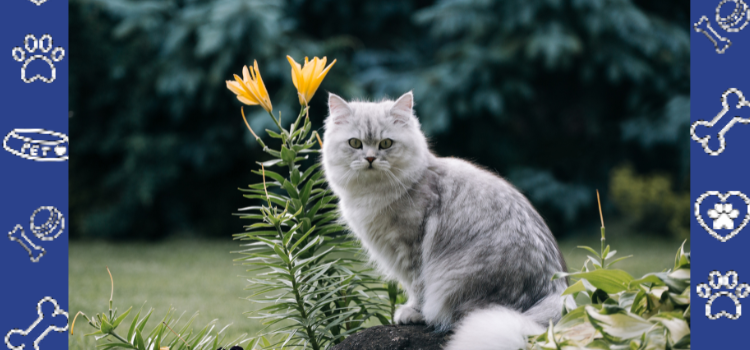Do Domestic Longhair Cats Shed...

Do Domestic Longhair Cats Shed? A Guide to Managing Their Fur
Domestic Longhair cats are known for their stunning, fluffy coats, but with all that beauty comes the inevitable question: Do they shed? The short answer is yes! Like most cats, Domestic Longhairs shed regularly, and their thick coats require consistent care to keep both the cat and your home fur-free. Whether you’re a long-time cat owner or considering adding one of these elegant felines to your family, here’s what you need to know about their shedding and how to manage it effectively.
Understanding Shedding in Domestic Longhairs
Shedding is a natural process that allows cats to get rid of old or damaged fur. While some breeds shed minimally, Domestic Longhairs have a thick double coat that tends to shed year-round, with increased shedding during seasonal changes, especially in the spring and fall.
Several factors influence shedding levels, including:
- Seasonal Changes: More shedding occurs when transitioning between winter and summer coats.
- Diet and Nutrition: A well-balanced diet rich in omega fatty acids promotes healthy skin and coat, reducing excessive shedding.
- Health Conditions: Skin issues, stress, or underlying medical conditions can contribute to increased hair loss.
Managing Shedding in Domestic Longhairs
Keeping your Domestic Longhair’s shedding under control is all about proper grooming and care. Here are some key tips:
1. Regular Brushing
Brushing your cat at least 3-4 times a week (or daily during peak shedding seasons) helps remove loose hair before it ends up on your furniture. A de-shedding tool or a high-quality slicker brush works best for penetrating their thick coat.
2. Proper Nutrition
Feeding your cat high-quality food with essential nutrients supports a healthy coat. Look for food that contains omega-3 and omega-6 fatty acids to promote strong, shiny fur and minimize shedding.
3. Hydration and Skin Health
Ensuring your cat stays hydrated prevents dry skin, which can contribute to excess shedding. Provide fresh water daily and consider adding moisture-rich foods like wet cat food.
4. Environmental Control
Regular vacuuming and using furniture covers can help manage fur buildup in your home. An air purifier may also help reduce airborne pet dander, benefiting both you and your cat.
5. Bathing (When Necessary)
Unlike short-haired cats, Domestic Longhairs may benefit from occasional baths to remove loose hair and dirt. Use a cat-safe shampoo and ensure thorough drying to avoid matting.
Shedding and Emotional Support Cats
For individuals who rely on their Domestic Longhair as an emotional support animal (ESA), shedding management is even more important. Living in pet-friendly housing is crucial for ESA owners, and ensuring a clean, fur-free environment can make a big difference in overall well-being.
That’s where PetCerts.com comes in! If your Domestic Longhair is an ESA, having the right documentation can help secure pet-inclusive housing without breed or size restrictions. With a legitimate ESA housing letter, you can ensure that your cat remains by your side, providing comfort and companionship without unnecessary housing hurdles.
Yes, Domestic Longhair cats do shed—but with the right grooming routine, diet, and environmental care, their shedding can be managed effectively. Whether you adore their fluffy coats or are concerned about fur buildup, understanding their shedding habits will help keep both your cat and home in top shape. And if your Domestic Longhair is an emotional support animal, resources like PetCerts.com can assist in ensuring your feline friend has a rightful place in your home, providing the love and support you need.
Embrace the fluff, manage the fur, and enjoy the companionship of your beautiful Domestic Longhair cat!